Kluczowe dokumenty
920606
(S,R,S)-AHPC-piperazine-pyridine-alkyne-NH2 hydrochloride
Synonim(y):
(2S,4R)-1-((S)-2-(4-(4-(5-(3-Aminoprop-1-yn-1-yl)pyridin-2-yl)piperazin-1-yl)butanamido)-3,3-dimethylbutanoyl)-4-hydroxy-N-(4-(4-methylthiazol-5-yl)benzyl)pyrrolidine-2-carboxamide hydrochloride, Crosslinker−E3 Ligase ligand conjugate, Protein degrader building block for PROTAC® research, Template for synthesis of targeted protein degrader, VH032 conjugate
About This Item
Polecane produkty
ligand
VH032
Poziom jakości
Formularz
powder or crystals
przydatność reakcji
reactivity: carboxyl reactive
reagent type: ligand-linker conjugate
grupa funkcyjna
amine
temp. przechowywania
2-8°C
ciąg SMILES
CC(N=CS1)=C1C2=CC=C(CNC([C@@H]3C[C@@H](O)CN3C([C@@H](NC(CCCN(CC4)CCN4C5=CC=C(C#CCN)C=N5)=O)C(C)(C)C)=O)=O)C=C2.Cl
Zastosowanie
Inne uwagi
Portal: Building PROTAC® Degraders for Targeted Protein Degradation
Targeted Protein Degradation by Small Molecules
Small-Molecule PROTACS: New Approaches to Protein Degradation
Targeted Protein Degradation: from Chemical Biology to Drug Discovery
Impact of linker length on the activity of PROTACs
Informacje prawne
produkt powiązany
Kod klasy składowania
11 - Combustible Solids
Klasa zagrożenia wodnego (WGK)
WGK 3
Temperatura zapłonu (°F)
Not applicable
Temperatura zapłonu (°C)
Not applicable
Wybierz jedną z najnowszych wersji:
Certyfikaty analizy (CoA)
Przepraszamy, ale COA dla tego produktu nie jest aktualnie dostępny online.
Proszę o kontakt, jeśli potrzebna jest pomoc Obsługa Klienta
Masz już ten produkt?
Dokumenty związane z niedawno zakupionymi produktami zostały zamieszczone w Bibliotece dokumentów.
Nasz zespół naukowców ma doświadczenie we wszystkich obszarach badań, w tym w naukach przyrodniczych, materiałoznawstwie, syntezie chemicznej, chromatografii, analityce i wielu innych dziedzinach.
Skontaktuj się z zespołem ds. pomocy technicznej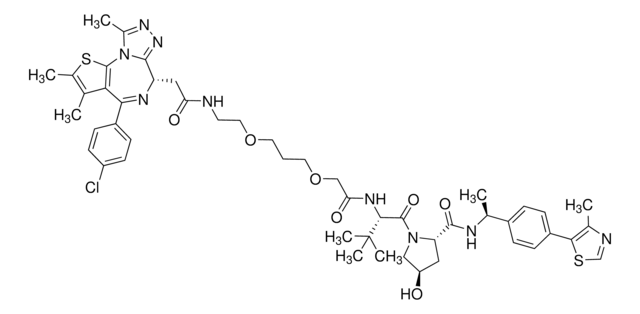
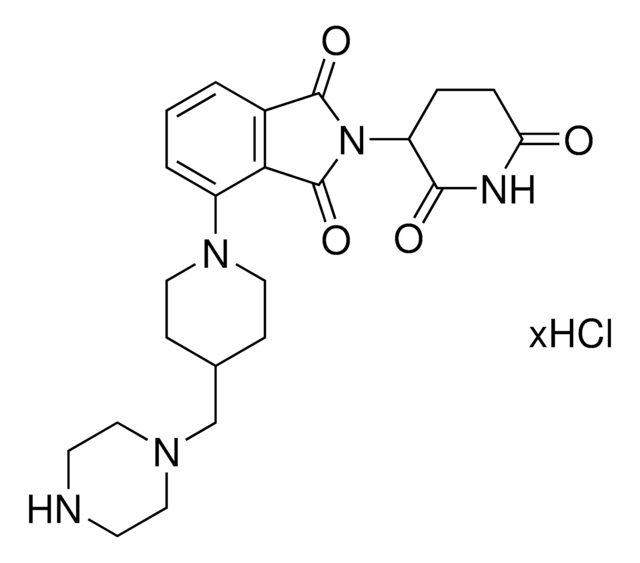
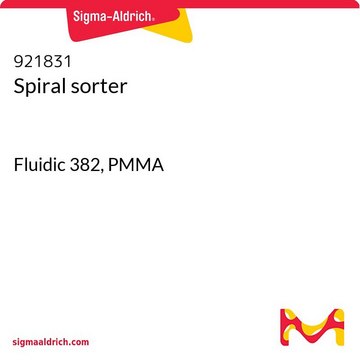
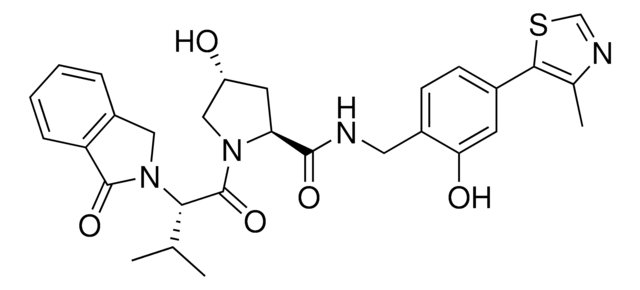

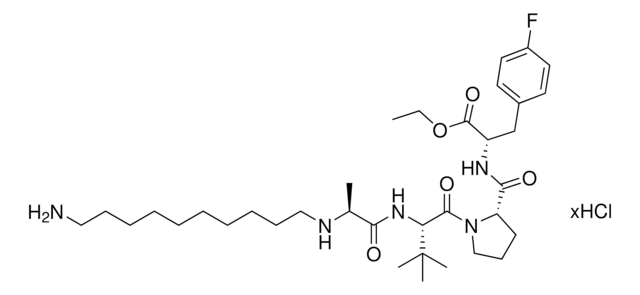
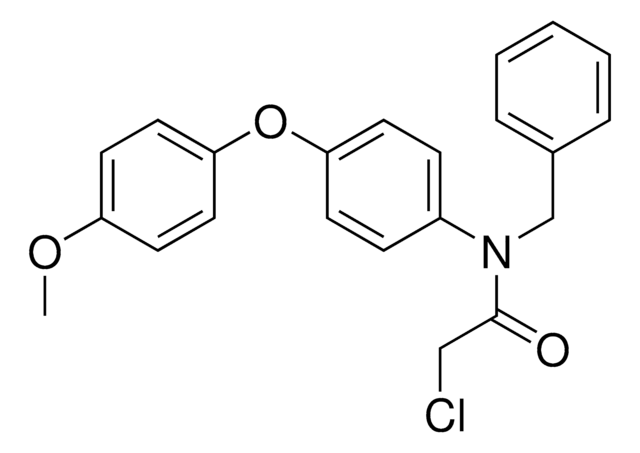
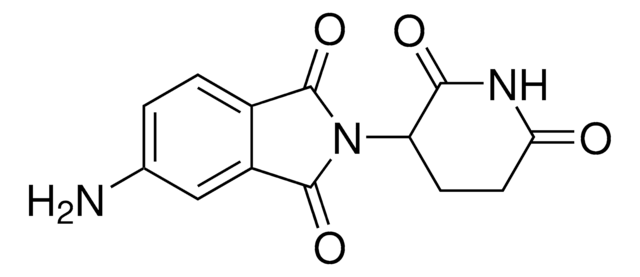

![3-(3-((7-(tert-Butoxycarbonyl)-7-azaspiro[3.5]nonan-2-yl)oxy)piperidin-1-yl)propanoic acid](/deepweb/assets/sigmaaldrich/product/structures/260/697/2527aa6d-8353-4697-aa99-0de8f5b6eae9/640/2527aa6d-8353-4697-aa99-0de8f5b6eae9.png)